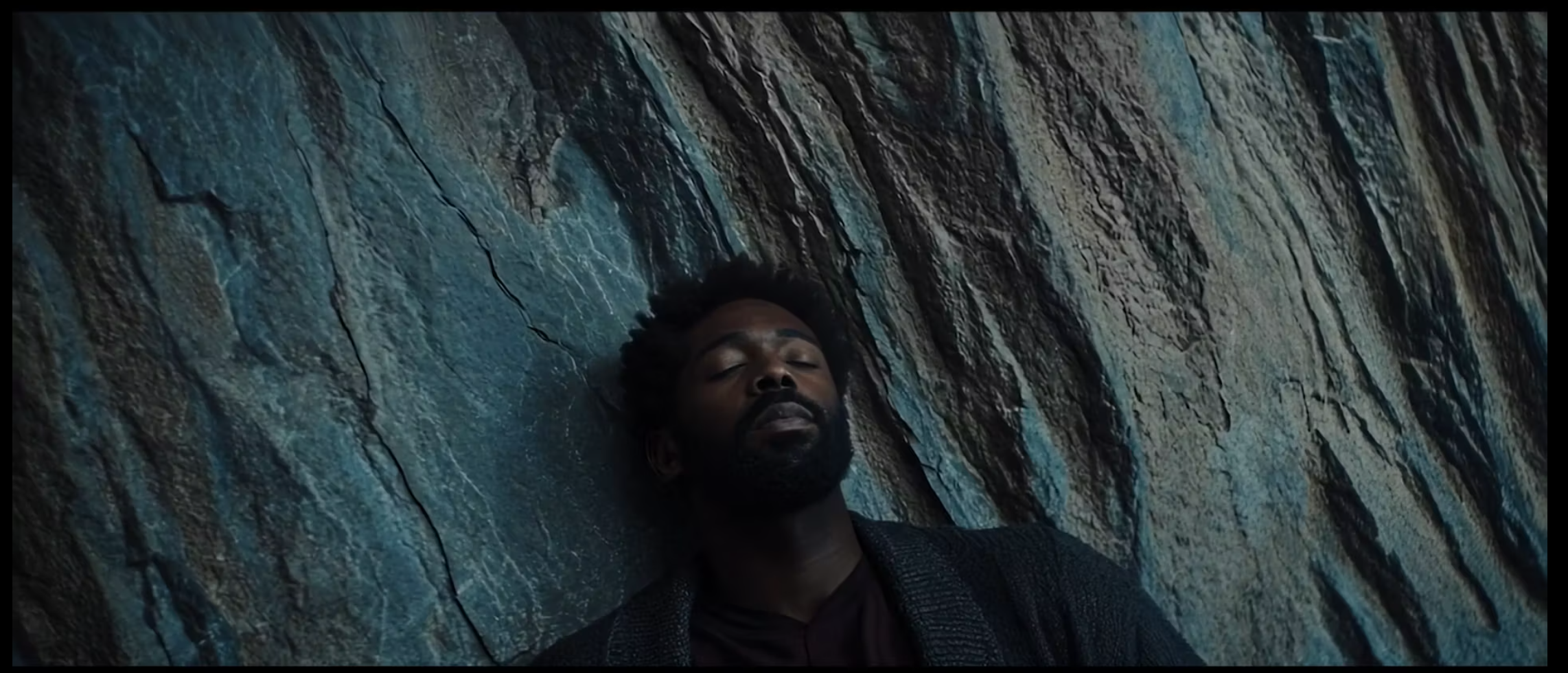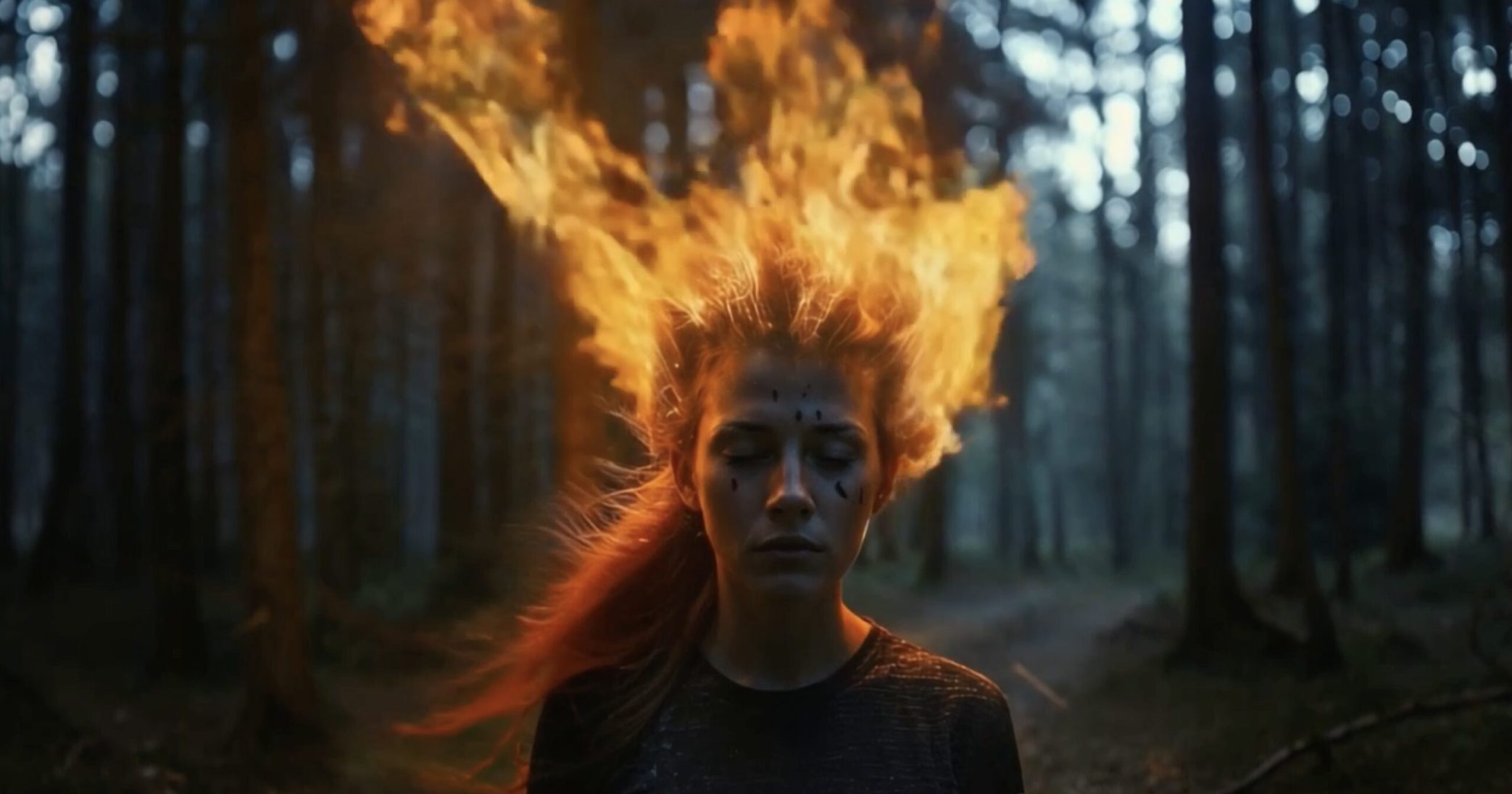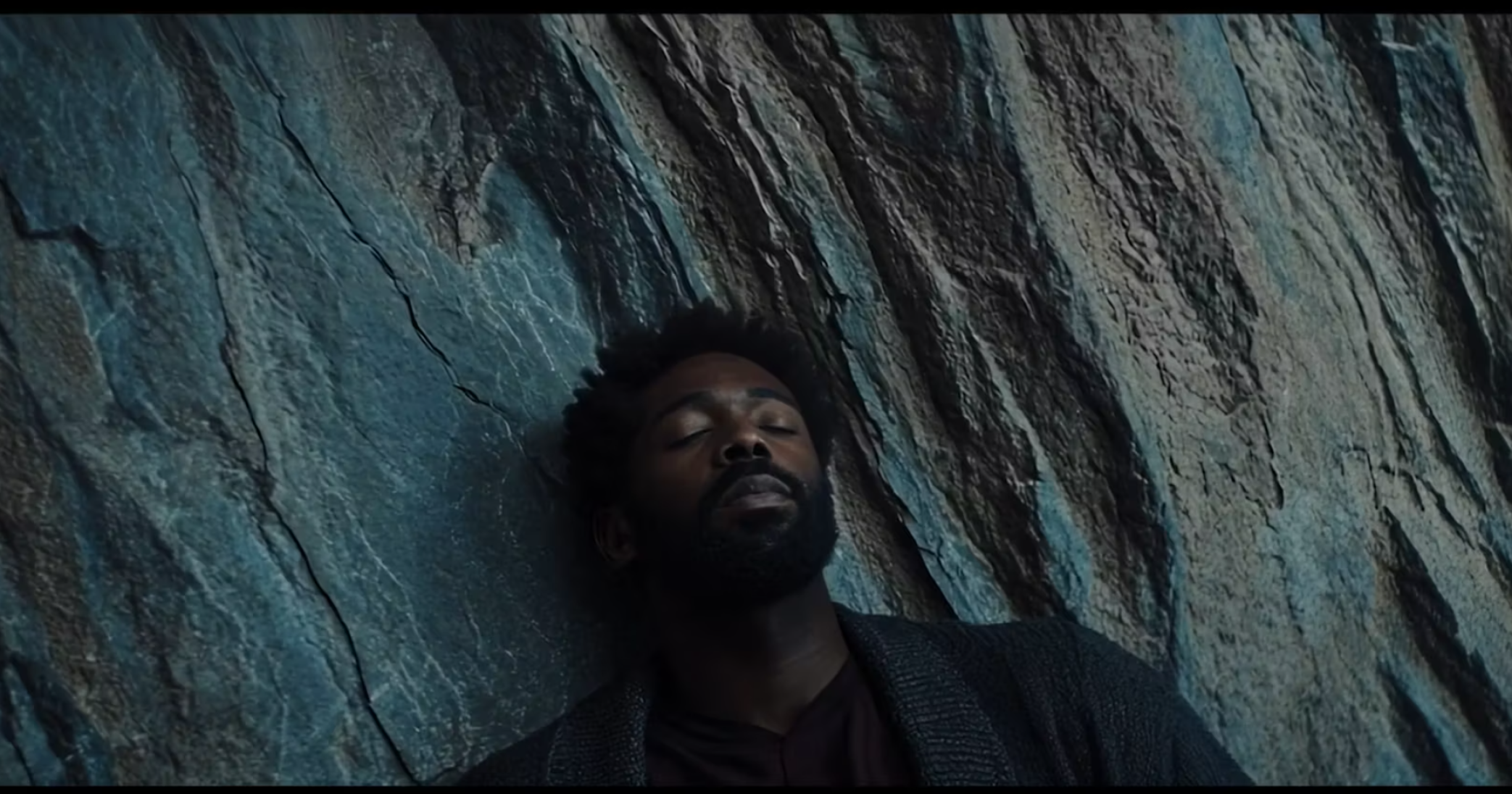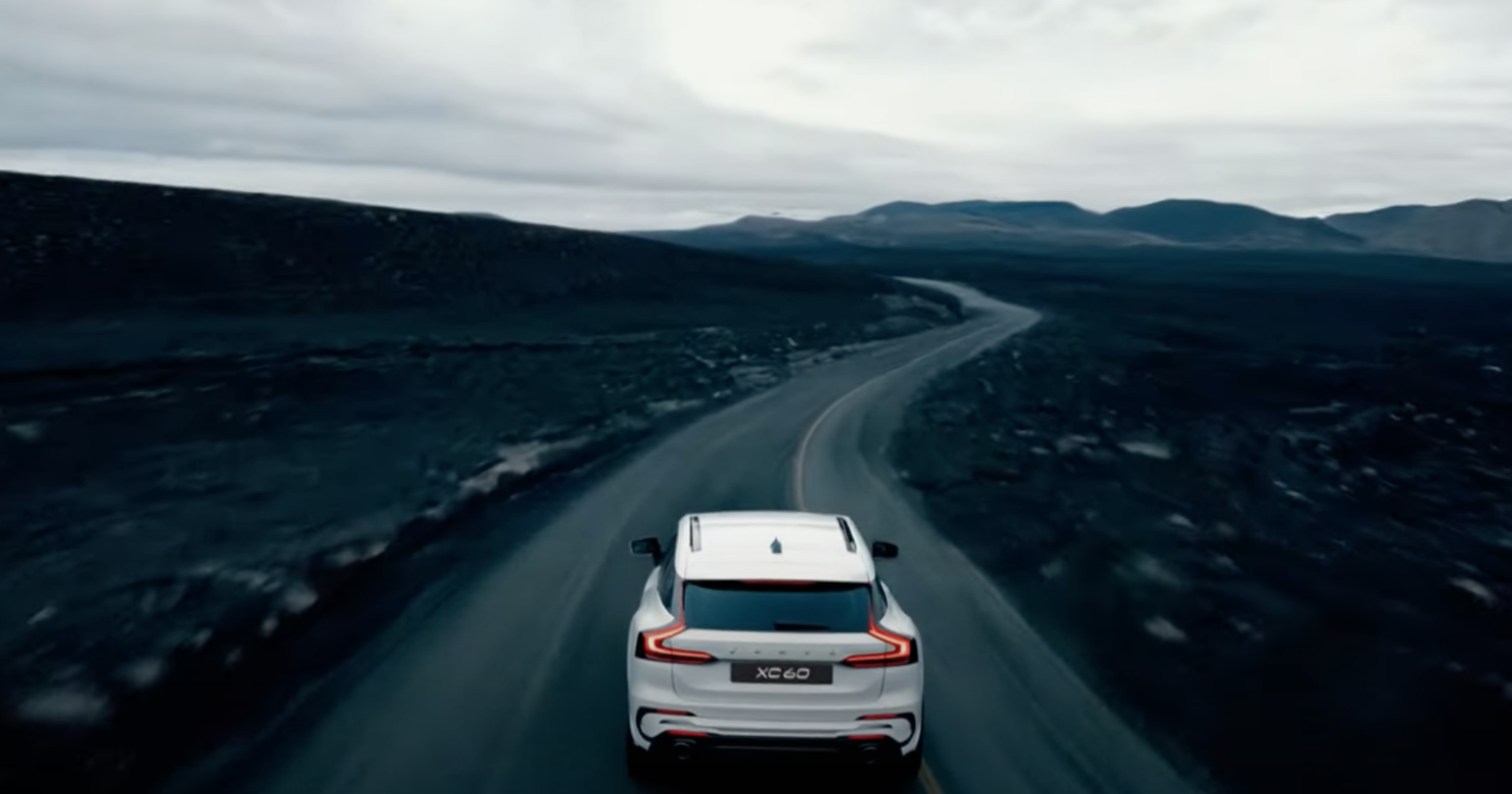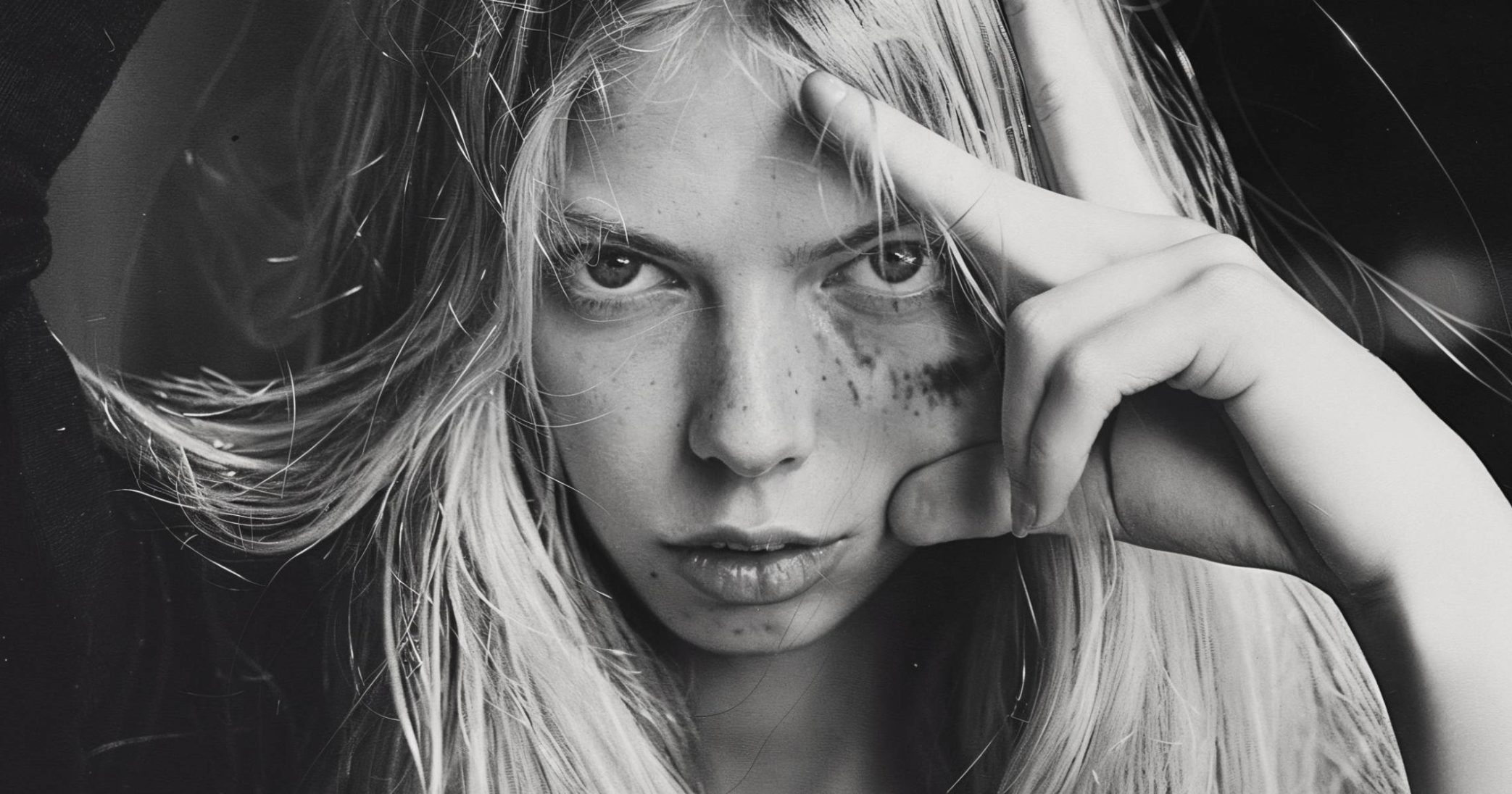
Shueti, you are known for transforming the ordinary into something magical. What inspires you to interpret and visualise reality in this way?
Thanks, I appreciate that! Honestly, I’m inspired by those little things we often overlook, like the way reflections create light patterns on the street or even go far as darker moments in your life where a friendly gesture from a stranger creates a totally different atmopshere. There’s something intriguing about capturing these moments that surprises even me. It’s almost like I’m creating these scenes for myself first—like a personal challenge to find something magical in the everyday. If others connect with it, that’s amazing, but I have to admit, it’s a bit of an egocentric process. I’m basically just trying to surprise myself, and if others enjoy the ride too, that’s a bonus!
Anonymity plays an important role in the persona that you present as an artist. Why have you chosen to remain anonymous? And how do you think this affects the reception of your work?
Let’s just say the main reason stems from a time when I was pretty ambitious… painting walls and trains. Not everyone could appreciate that, so keeping a low profile became second nature. Over time, I realized that anonymity actually lets the work speak for itself without people focusing too much on the person behind it. It creates a bit of mystery, sure, but it also allows me to connect with the audience on a purely creative level. People engage more with the art and less with the artist, which I think makes the experience more personal for them.
People engage more with the art and less with the artist, which I think makes the experience more personal for them.
A mixture of dream and reality has often been described in your work. How do you meet the challenge of blurring this boundary in your films?
Blurring the line between dream and reality is like walking a creative tightrope—too much in one direction, and it loses that dreamlike quality; too much in the other, and it becomes too abstract. I love finding that sweet spot where the two worlds overlap. My process usually involves pushing things way over the top first—letting the dreamlike elements run wild—and then pulling them back closer to reality. The challenge is to keep the audience in that in-between state, where they’re constantly questioning, ‘Is this real, or am I dreaming?’ For me, it’s like creating a visual puzzle that even I don’t fully solve until it’s done. It’s that sense of discovery that keeps it exciting.

Mit dem Laden des Videos akzeptieren Sie die Datenschutzerklärung von Vimeo.
Mehr erfahren
You talked about the delicate balance between dream and reality in your films. Are there any specific techniques or visual elements you rely on to achieve that balance, and how do you know when you’ve hit that sweet spot?
Honestly, a lot of it comes down to gut feeling. I’ve never really analyzed it too deeply—there’s just this moment when everything aligns, and something ‘clicks’ in my head. It’s hard to explain, but it’s like an internal signal that tells me I’ve found the right balance. Goosebumps are also a big indicator for me. If I’m feeling that, I know I’m onto something. I do play around with subtle visual cues, like lighting or framing things just slightly off to keep the audience questioning what’s real and what isn’t, but ultimately, it’s that instinctual feeling that guides me more than any set technique.
Goosebumps are also a big indicator for me. If I’m feeling that, I know I’m onto something.
You’ve started using artificial intelligence in your films. What inspired you to incorporate this technology into your creative process?
It all started when I watched the documentary Transcendent Man back in 2009—it was like an explosion of logic in my head. That film hit me so hard that I immediately started creating digital art pieces and even tried to sell a film concept about people living entirely in the digital world, experiencing ‘physicality’ through an app. It was basically the opposite of what we do now, constantly being on digital platforms. When I pitched the idea, people looked at me like I was crazy—which, to be fair, might be a bit true! It didn’t go anywhere back then, especially when I started talking about digital art pieces, which we now call NFTs. I guess I was just a bit too early with all of it. So, incorporating AI into my films feels like the most logical next step in my journey as a creator. These tools are here to enhance our vision, to push the boundaries of what’s possible. And if things become more efficient and open up new creative pathways, why not embrace that? Who knows, maybe one day I’ll be able to create films just by recording my thoughts and dreams… or maybe that’s just the crazy part of me talking!

Mit dem Laden des Videos akzeptieren Sie die Datenschutzerklärung von Vimeo.
Mehr erfahren
How has using AI changed your creative process, especially when making your latest film “HOW TO ESCAPE THE MATRIX”?
AI has definitely changed the way I work, especially with HOW TO ESCAPE THE MATRIX. Normally, I’d collaborate closely with my crew, especially my DP, discussing our approach and scouting locations in person. But with this project, that part of the process was almost completely gone. I hated it and loved it at the same time. The boundaries are endless with AI, which is exciting, but it also means more alone time. For an introvert like me, that’s fine, but I genuinely love people and the human connection that comes from working together on set. I miss the energy and those crazy, spontaneous experiences with the team. It’s becoming more of a one-man show in some ways, though having a production company behind you still helps, especially when clients are demanding. That said, my overall process hasn’t changed as much as you might think. I still do thorough research, but I’m also a big fan of freestyle, rogue shooting. Even on bigger projects, I leave a lot of room for coincidence—I always say coincidence is my best friend, too bad he doesn’t exist! So, while AI has opened up new possibilities and made some aspects more efficient, the core of how I create remains pretty much the same. And at the end of the day, it’s still about connecting with people, whether that’s through the work itself or the process of making it.
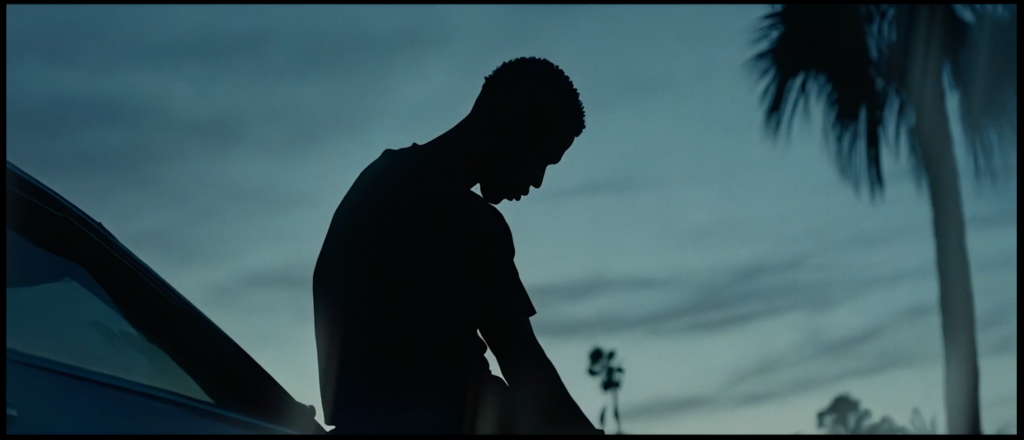
In terms of your experience with AI, you mentioned missing the human connection that comes from working closely with a crew. How do you see the future of filmmaking in terms of collaboration – do you think AI will continue to reduce human interaction, or could it potentially create new forms of collaboration?
What I really miss is the physical part of being on set with people—sweating it out in the desert or getting dropped by a helicopter on a mountain top. Those adventurous moments shared with the crew are some of the best. But I don’t think collaboration will disappear; it’ll just evolve. The tools and methods will change, and sure, I might lose some people who can’t or won’t adapt, but that also means new people will come in, and we’ll find fresh ways to connect. I’m pretty sure I’ll be working with AI agents at some point, helping me out with tasks, but the human element will always be there, even if it’s in a different form.
AI is an important tool in your latest work “HOW TO ESCAPE THE MATRIX”. How do you ensure that the technology enhances your artistic vision rather than overshadowing it?
First off, I don’t like sitting behind a desk, and I’ve never had the feeling that any tool, whether it’s a pencil, paintbrush, photo camera, or film camera, has overshadowed my vision. AI is just another set of tools in a long line of things I’ve used—visual effects, editing software—it’s all part of the same process. Honestly, all those tools still feel like a struggle sometimes, but I guess that’s part of the game for an artist. You wrestle with the tools to bring your vision to life.
But here’s the fantasy: one day, I imagine myself sitting on a surfboard with a metal chip in my brain that can record my thoughts and send them to a cloud. Then, my AI agents can take over, distributing my vision to wherever it needs to go. That way, I can spend more time with my family… and surf!
Artificial intelligence is rapidly advancing and becoming more integrated into creative fields. How do you see AI impacting the future of filmmaking? What potential do you see for AI to change the way stories are told?
For advertising, I think AI will take over a lot of the work. When budgets are tight, it just won’t make sense to send a full crew around the world when the same visuals can be created from someone’s bedroom. It’s faster, cheaper, and still gets the job done. But when it comes to the art of filmmaking, I can see some people deliberately going in the opposite direction, clinging to the hands-on, traditional methods to preserve that human touch. Long term, though, AI is going to be a game-changer, especially in areas like visual effects. Personally, I’ve been experimenting more with it, and what excites me is the potential to create without limits. You’re no longer constrained by what’s physically possible; you can literally build whatever you can imagine. That freedom is going to push storytelling and visuals to new places, allowing us to experience films in ways we haven’t even thought of yet. It’s a huge opportunity to redefine how stories are told and experienced.

Mit dem Laden des Videos akzeptieren Sie die Datenschutzerklärung von Vimeo.
Mehr erfahren
AI can autonomously generate visuals, scripts and even entire films. Do you think there will be a point where AI could replace human creativity, or do you think there will always be a need for the human touch in filmmaking?
I think there might come a time when humans become somewhat obsolete, or maybe even merge with AI—and honestly, I kind of hope so! (Haha.) What excites me about that possibility is that, without the need to create for money or external pressures, the act of creating could become much more personal and pure. It becomes less about deadlines and more about creating for your own mental clarity and personal satisfaction. In a sense, it might bring us closer to our true creative selves.
That said, I do think the human touch will always have a role. No matter how advanced AI gets, there’s something uniquely human about raw emotion, unpredictability, and the connection between the creator and the audience. AI can help with the process, sure, but I don’t think it will ever fully replace the depth and nuance that comes from human experience. At its core, filmmaking is about connection, and I believe that emotional aspect will always need a human hand.
At its core, filmmaking is about connection, and I believe that emotional aspect will always need a human hand.

